Why Are Large Players Entering the Coworking Sector?
Siemens USA Head of Real Estate Michael Kruklinski sheds light on the reasons behind his company's decision to adapt to and adopt the shared space business model.
Coworking is the embodiment of an evolving work culture. Its benefits— networking, increased productivity, diversity—are magnets for a wide range of occupants. Of note, emerging companies like Uber, Instagram or Spotify were born in coworking spaces.
READ ALSO: Savills Launches Coworking Platform PIVOT
Among the companies that have embraced the shared space model is Siemens, which recently debuted its first U.S. coworking location in Boston. Michael Kruklinski, the company’s head of real estate, discussed the reasons behind the move.
What enticed Siemens into the coworking sector?
Kruklinski: Coworking spaces are often associated with open, unassigned spaces, perfect for those working alone or in small teams. However, the attractive components of these user-based environments caught our attention. Rather than enter a traditional coworking space, we chose to adapt this model to better fit our space and privacy requirements.
We’ve actually been in the coworking sector for some time. Our first ever space was opened in Munich in October 2017, but the site in Boston is our first in the U.S. Including Boston, we have nine coworking spaces around the globe.
Why did Siemens choose Boston for its first collaborative space?
Kruklinski: Our presence in Boston was a big factor. We have more than 2,000 employees in the region and 12 facilities, including a manufacturing and R&D site. Given our established footprint in the city, it made sense to plant our roots there.
The Siemens coworking space is seen as “a series of neighborhoods”. Tell our readers more about this structure and its purpose.
Kruklinski: There are three types of spaces at SCW@Boston: clubhouse (kitchen and recreation), garden area (“soft-seating”, collaborative area) and grove area (bench seating, offices, traditional work area). The idea was to give our employees dedicated areas that match their style of work. For instance, if they want a quiet space where they can work in a traditional environment, the grove area is perfect.
No design can ever be a one-size-fits-all approach. Where traditional, open or collaborative spaces fail is when they don’t take into account the needs of employees. That’s why we continue to gather feedback from SCW@Boston to see what we need to adjust to make the environment even more ideal for employees.
What were the biggest challenges in merging the traditional corporate workspace aesthetics with coworking elements?
Kruklinski: To be honest, the challenges were not as big as you might imagine. A key reason for this was the extensive preparatory work we did before starting construction on our first coworking space. Siemens Real Estate worked with future users of the sites to establish what they wanted from the space, held discussions with experienced coworkers and coworking providers in the external market and ultimately integrated the requirements consistently into the design of the facility. In this way, it was possible to develop a varied, exciting space designed to support a diverse range of scenarios—from agile workshops and temporary working to networking and knowledge sharing.
How does this newly launched coworking branch fit in with Siemens’ corporate model?
Kruklinski: When we opened our first coworking space in Munich, one of the ways we described it was “open to all who embrace openness.” Those words describe our philosophy when it comes to all of our workspaces. We have always been deeply committed to providing our employees with flexible, open arrangements. Many of our sites across the globe were designed using our New Way of Working (NewWoW) model, a modernized version of open office that allows for a culture of collaboration.
First introduced in 2011, the goal with NewWoW was to reach an optimum utilization of space while keeping an open, collaborative environment. Currently, NewWoW has been implemented in more than 120 sites in more than 35 countries around the world.
What trends in the market made this the right time for Siemens to debut a coworking model in the U.S.?
Kruklinski: It comes down to the fact that there are more and more coworking offerings on the market and we experimented with those offerings. After observing how our internal customers were demanding a push for flexibility and shorter terms, we came to the conclusion that the needs for a corporation like ours couldn’t be met by the offerings on the market.
What’s next for Siemens’ flexible space division?
Kruklinski: This is a very exciting time for Siemens Coworking. We’ve gotten fantastic feedback from our employees in Boston so far and we’re using that to both improve that location and put the finishing touches on our new site in Chicago.


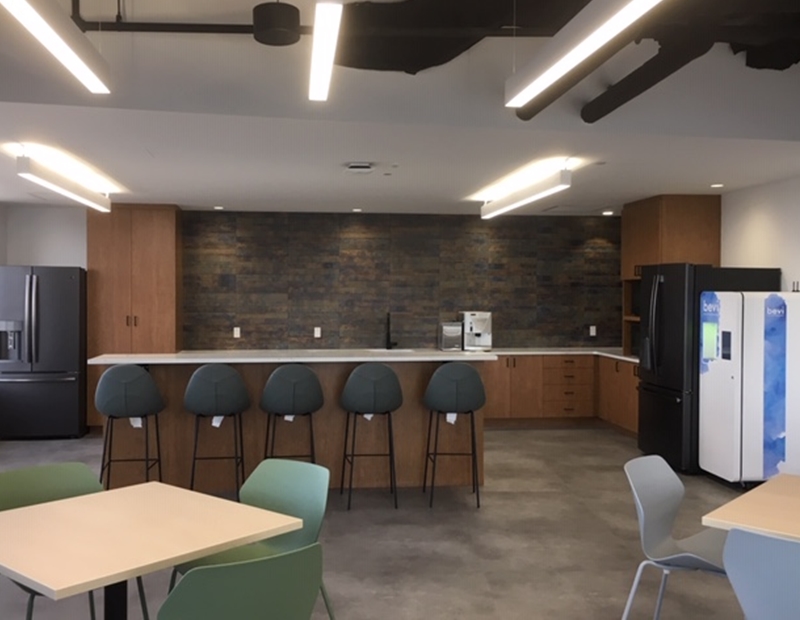
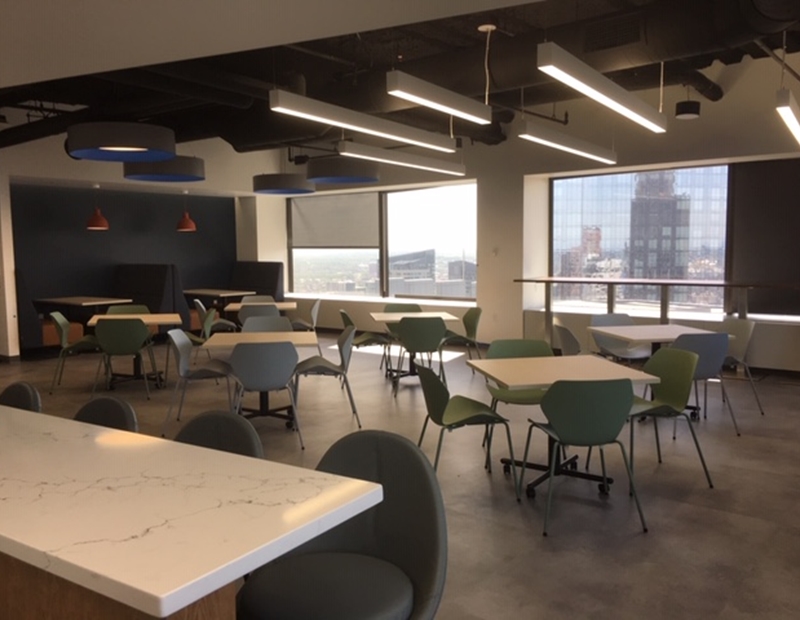

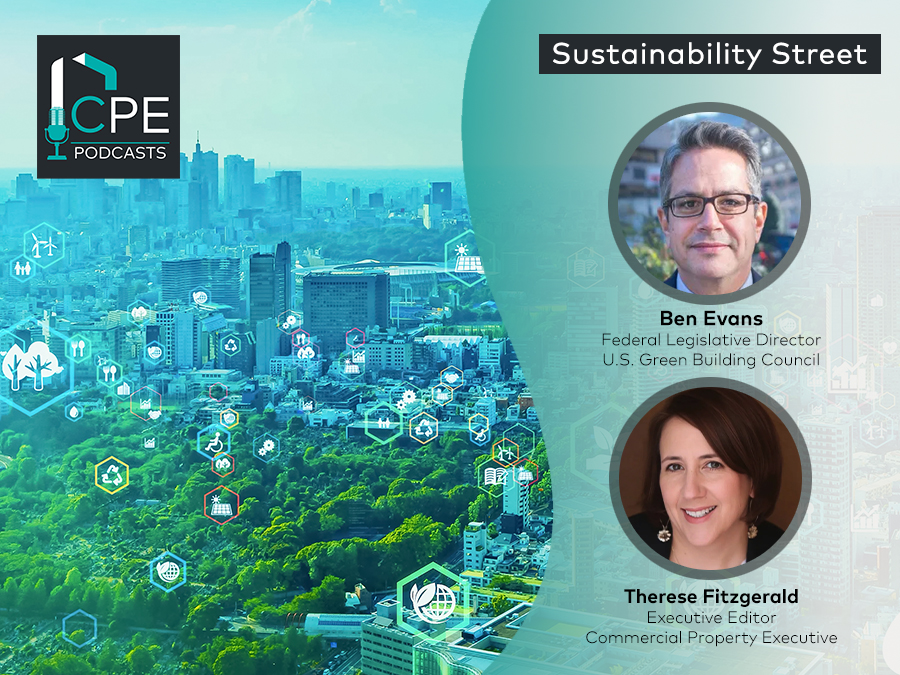
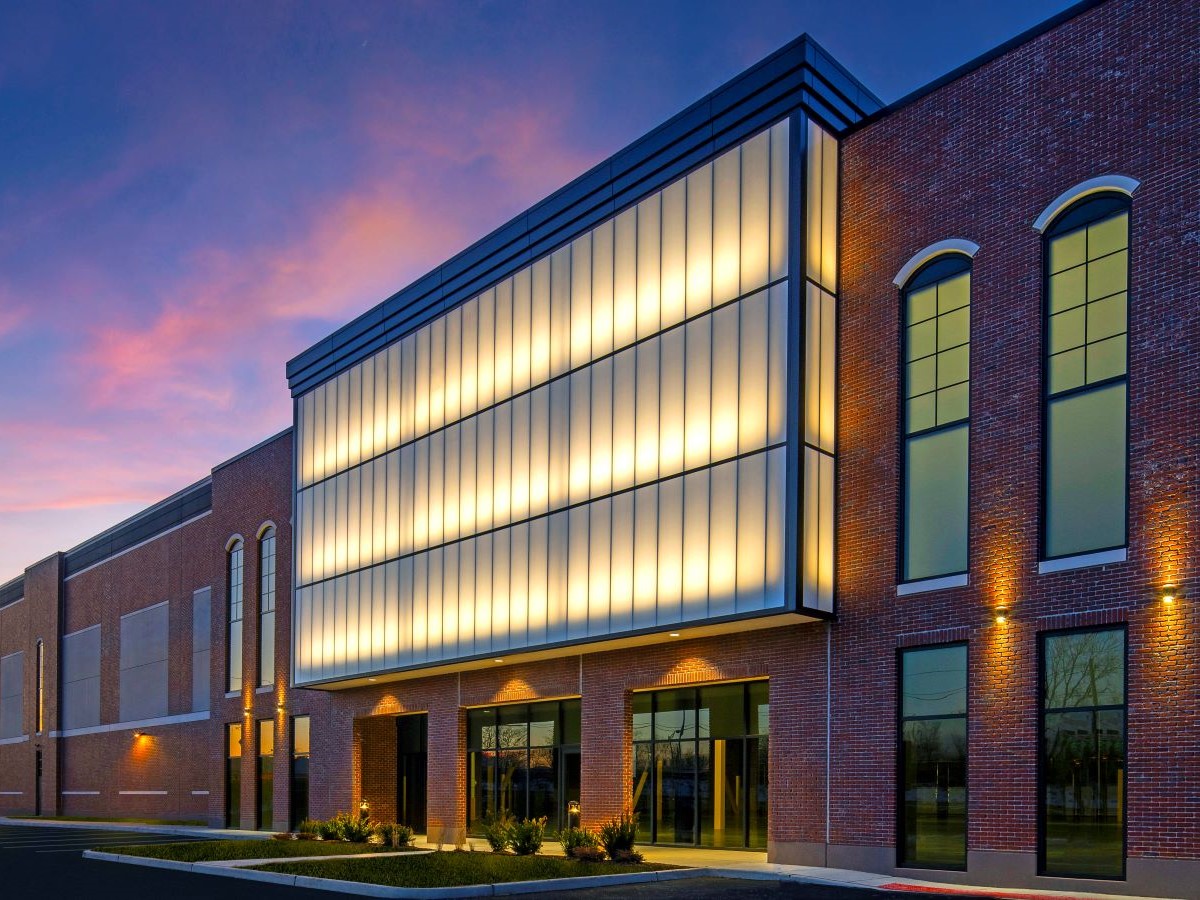
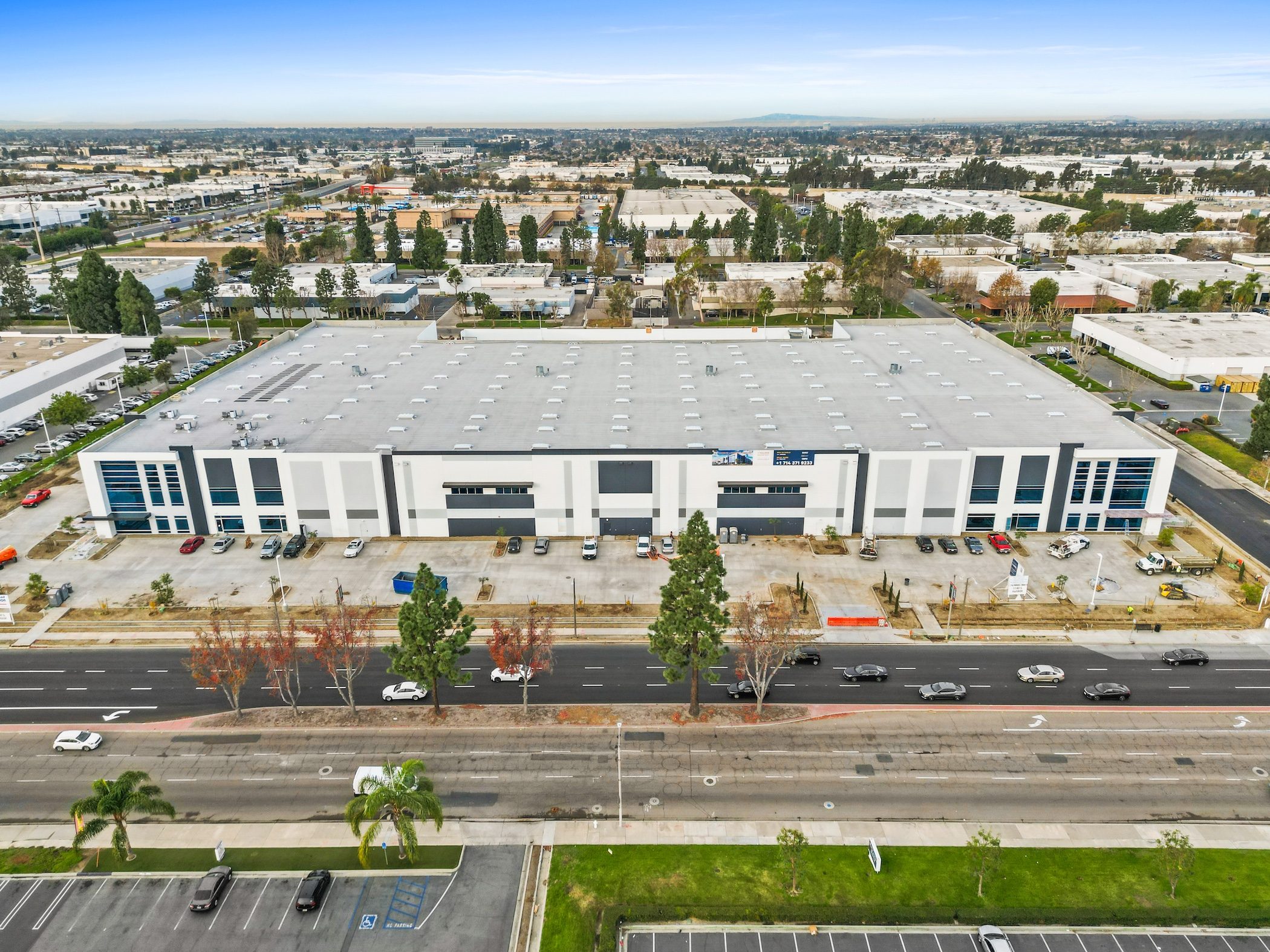
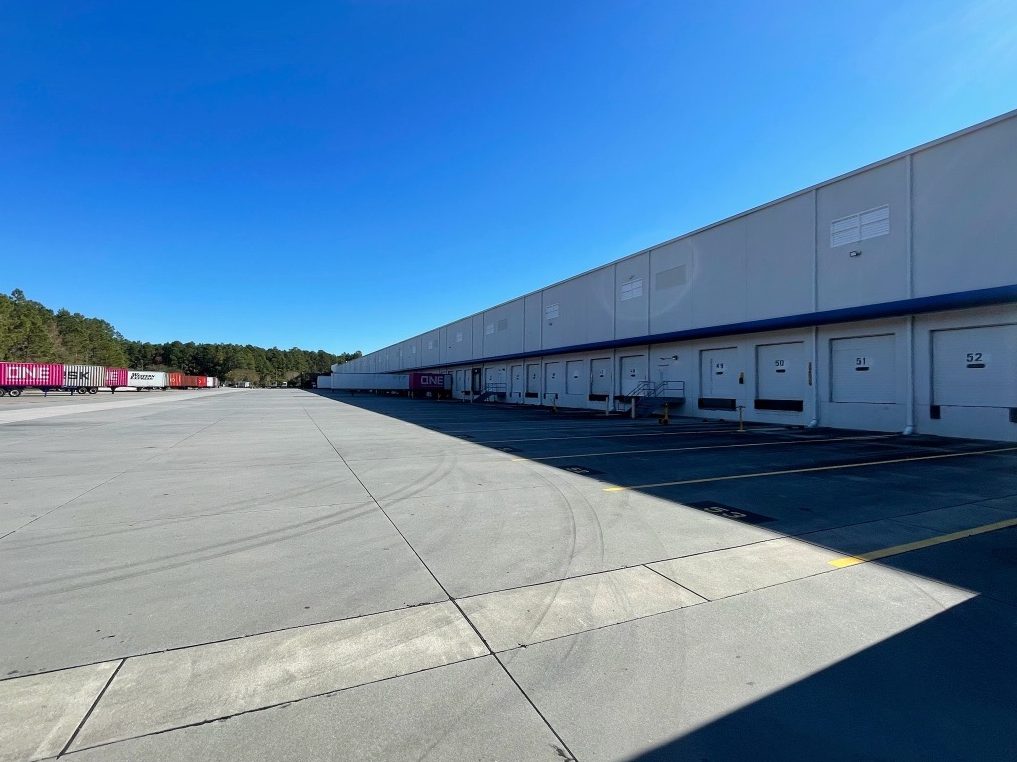
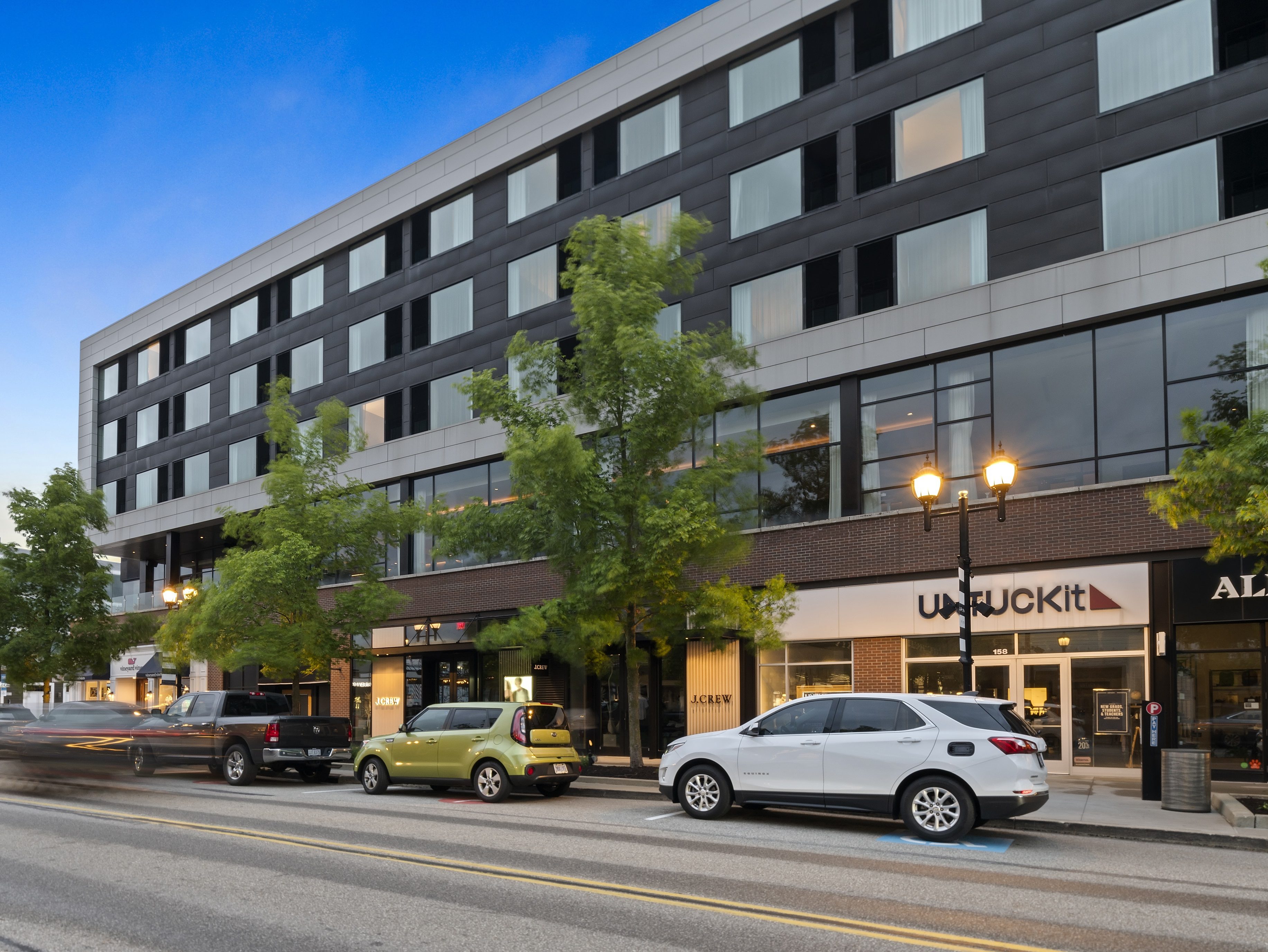
You must be logged in to post a comment.